Glock 43 vs Glock 26: Mini Glock 9mm Comparison
It’s crazy how one man, with no firearms experience, completely changed the firearms industry. Gaston Glock’s creation of the Glock 17 pistol created a behemoth in the gun world—a behemoth that has continued to evolve and grow—or, in today’s situation, shrunk. Today, we are comparing Glock’s baby 9mms, the Glock 43 and the Glock 26.
Whether you love or hate them, Glocks’ proven performance is undeniable. They dominate the handgun market because they are simple, safe, reliable, accurate, and ergonomic.
Today, almost every new pistol seems to emulate Glock’s design, which features a polymer frame, double-stack magazine, partially cocked striker, and modularity.
Given Glock’s pervasive influence, it is interesting to see how they compete with themselves. This article will compare two of their popular models: the Glock 43 and the Glock 26. While both are excellent choices for concealed carry, they cater to distinct market segments. (You can find a full review of the Glock 26 here.)
Spec Comparison

Glock 43
- Final Grade : A+

Glock 26
- Final Grade : B+
Why the Glock 43 vs. Glock 26?
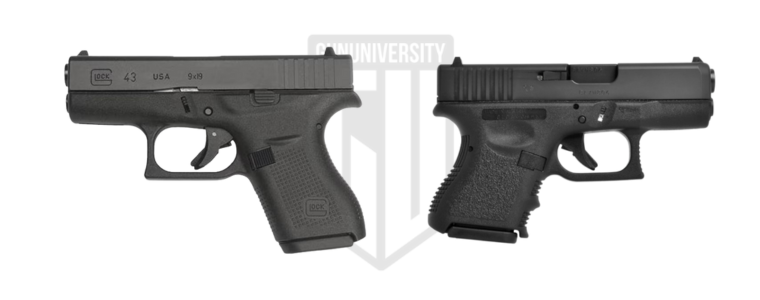
We didn’t choose these two Glocks at random. The Glock 26 and Glock 43 are compact 9mm pistols specifically designed for concealed carry, making them excellent choices for discreet and comfortable everyday carry in various positions.
While they share fundamental similarities in purpose and caliber, their distinct designs reflect the changing landscape of concealed carry preferences over time. The Glock 26 embodies the “classic” subcompact 9mm, a highly popular choice throughout the 1990s and early 2000s, known for its compact size while retaining a double-stack magazine.
In contrast, the Glock 43 represents the shift that dominated the 2010s: the rise of the single-stack 9mm. This design prioritizes an even slimmer profile for maximum concealability.
This leads us to their main difference…
The Big Difference
The big difference between the Glock 26 and Glock 43 comes down to size. The Glock 26 is thick, like an Instagram baddie, while the Glock 43 is thin, like an early 2000s supermodel. This is due to their magazine designs.
The Glock 26 utilizes the standard Glock double-stack 9mm magazine. The double-stack mag gives you ten rounds, but you can use any Glock double-stack 9mm magazine.
At approximately 1.26 inches thick, the Glock 26 feels and handles more like its larger counterparts. Imagine you just hacked the grip off the Glock 19 or 17. That’s the Glock 26
The Glock 43 employs a single-stack 9mm magazine, which only offers six rounds. However, this design reduces the pistol’s width to roughly 1.06 inches, making it light on ammo but easy to conceal.
Size matters, especially for concealed carry. How? Well, let’s dig into it.
Concealability: Thicker guns like the Glock 26 are tougher to conceal, leading to more printing. The Glock 43’s thinner frame lets it disappear easily under lighter clothes.
Carry Comfort: The Glock 26 is thicker and heavier, which makes it less comfortable to carry. The Glock 43’s thin design and lighter weight make it more comfortable against the body. If it’s up to me, I’m picking the Glock 43 for those hot summer days.
Hand Size: The Glock 26’s wide frame makes it tougher for shooters with small hands to handle. It feels like a brick at times. The Glock 43’s svelte nature is easier on smaller hands, and even on larger hands, it’s still easy to handle. It’s often better to be too small than too big when it comes to guns.
This is all due to the magazine design. Double-stack Glock magazines are notoriously thicker than most, which leads to a thicker frame. The Glock 26 gives you a bit more ammo, and ammo options, but the Glock 43 is much easier to conceal carry.
Upgrades and Accessories for Glock 43
Magazines Glock 43 OEM Magazine 6 Round 9mm | 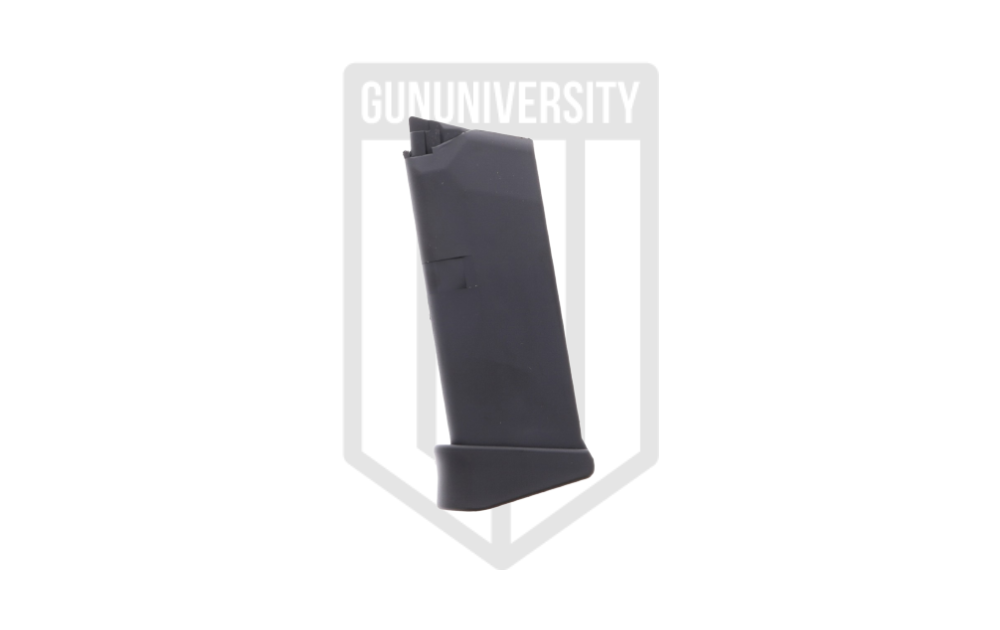 |
| See Price |
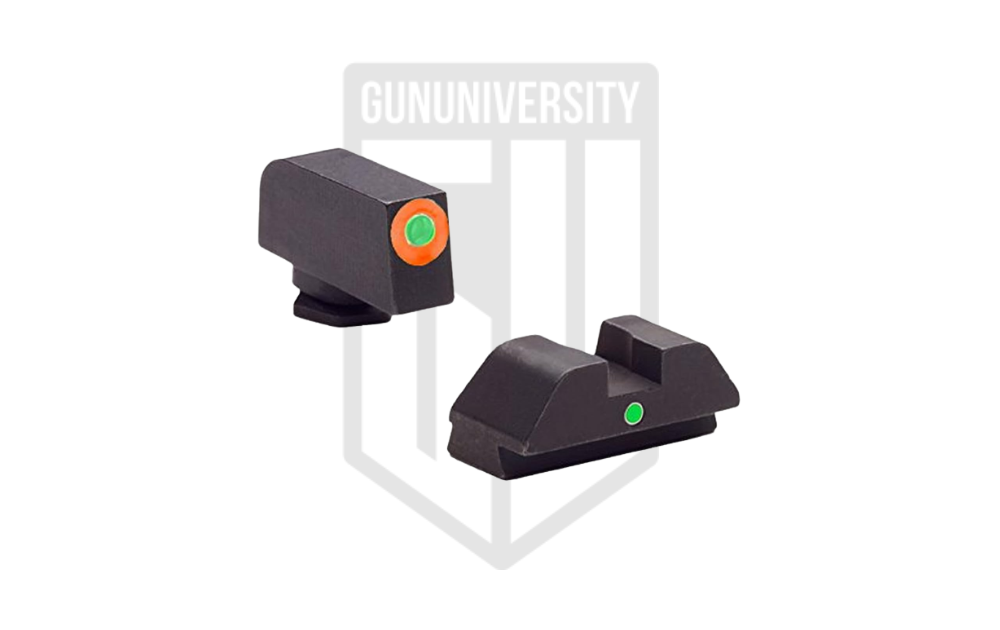 |
| See Price | |
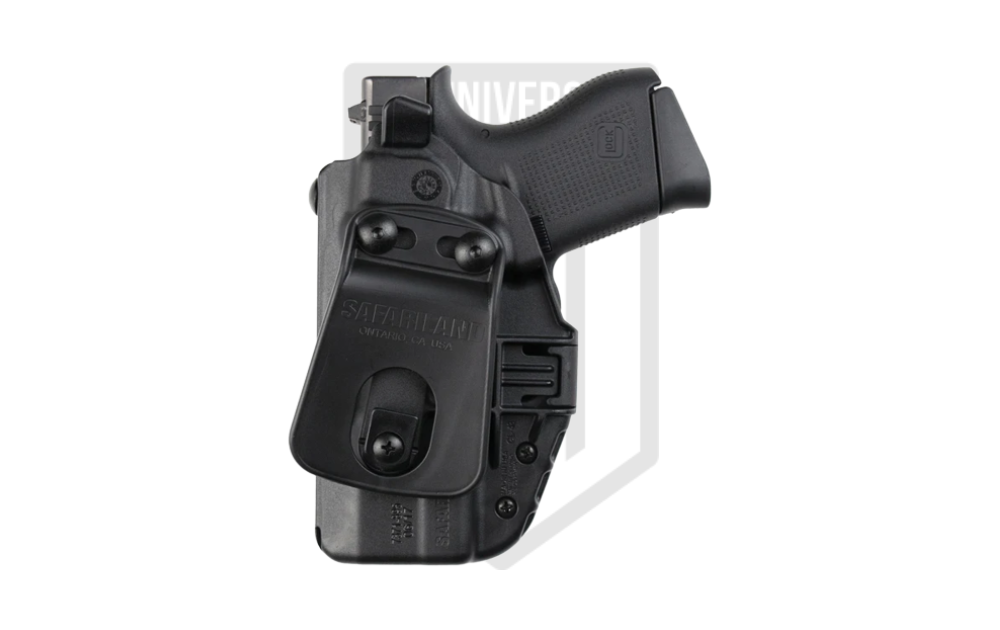 |
| See Price |
Other Size Differences
Outside of the thickness difference, there are a few slight differences in each firearm’s size worth mentioning. The Glock 26 might be thicker, but it is shorter. The Glock 26 is 4.27 inches tall, and the Glock 43 is 4.25 inches tall.
The Glock 43 is shorter in overall length at 6.26 inches, while the G26 measures out to 6.5 inches. In barrel length, the difference is very minor. The Glock 26 has a 3.43-inch long barrel, and the G43 has a 3.41-inch long barrel.
In terms of weight, the Glock 43 is lighter. At 16.23 ounces, the G43 is a fair bit lighter than the 19.4-ounce Glock 26.
Magazine capacity
We already established that the Glock 26 holds ten rounds and the Glock 43 holds six. Out the gate, the Glock 26 clearly wins. It also keeps winning. If this was a race, the Glock 26 would be lapping the Glock 43. The G26 can also use magazines from the Glock 19, the Glock 17, and the 33-round stick magazines, not to mention the numerous drums that allow it to hold 50 rounds.
The Glock 43 has a little aftermarket support in the magazine department. ETS makes slightly extended magazines that can hold nine or twelve rounds. That’s just huffing and puffing to even try to keep up with the G26. If capacity is king for you, then the 26 wears the crown.
You will notice, for our favorite Glock 26 upgrades we have listed all double stack 9mm Glock magazines, as it can accept them all, greatly enhancing the capacity of the 26 over the 43.
Upgrades and Accessories for Glock 26
Magazines Glock OEM Gen 5 12 Round 9mm | 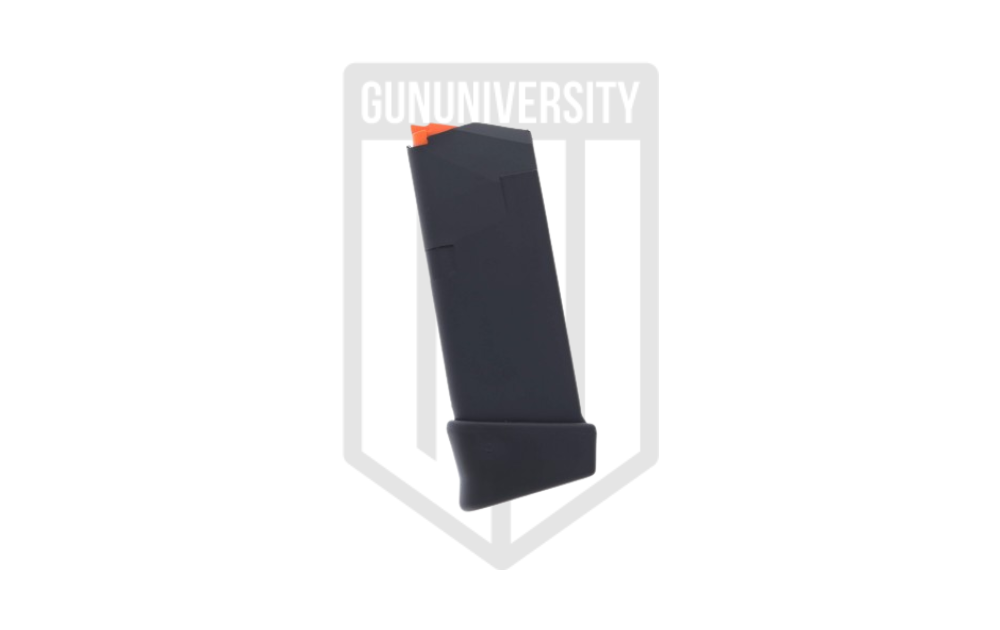 |
| See Price |
Magazines Glock OEM Gen 5 15 Round 9mm | 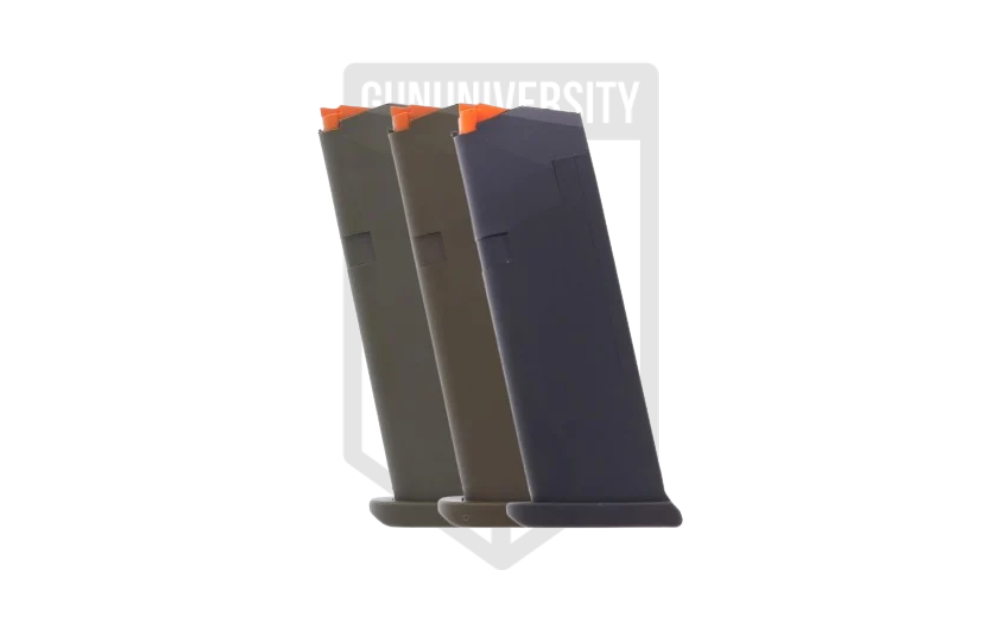 |
| See Price |
Magazines Glock OEM Gen 5 17 Round 9mm | 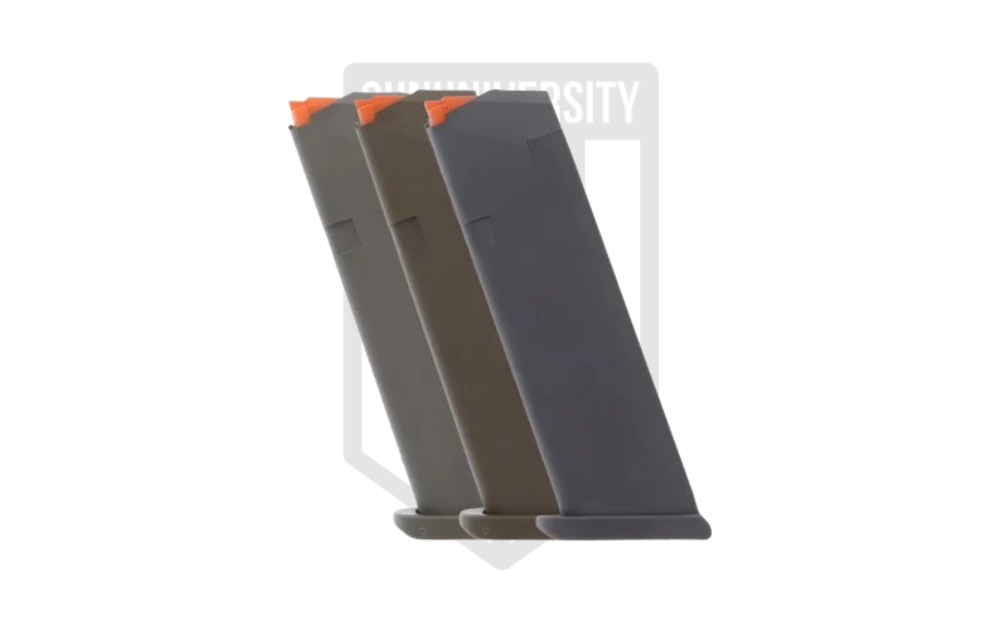 |
| See Price |
Magazines Glock OEM Gen 4/5 33 Round 9mm | 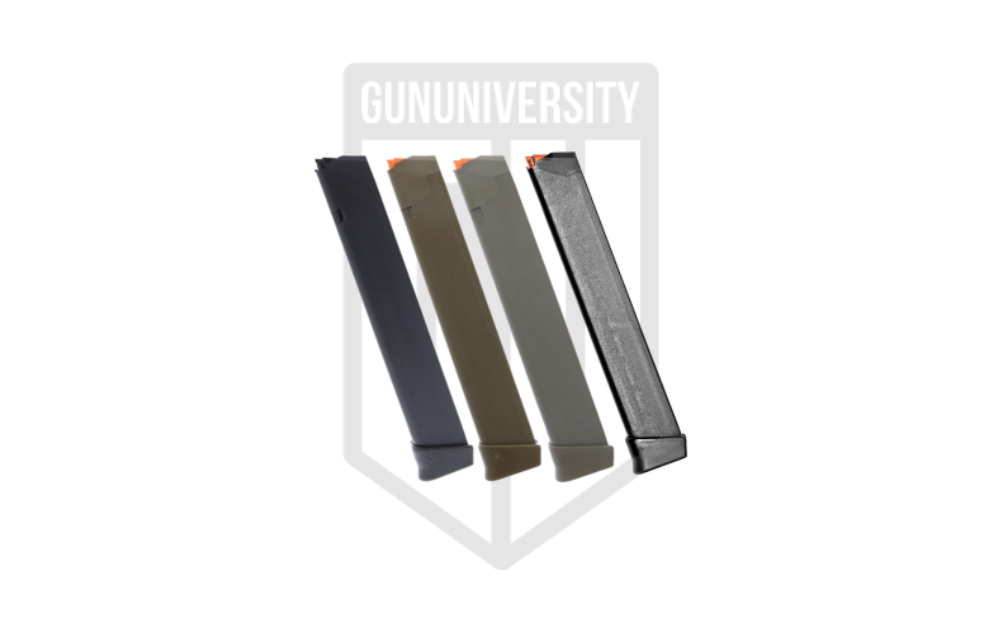 |
| See Price |
Trigger Connector Ghost Minus Trigger Connector for Glock | 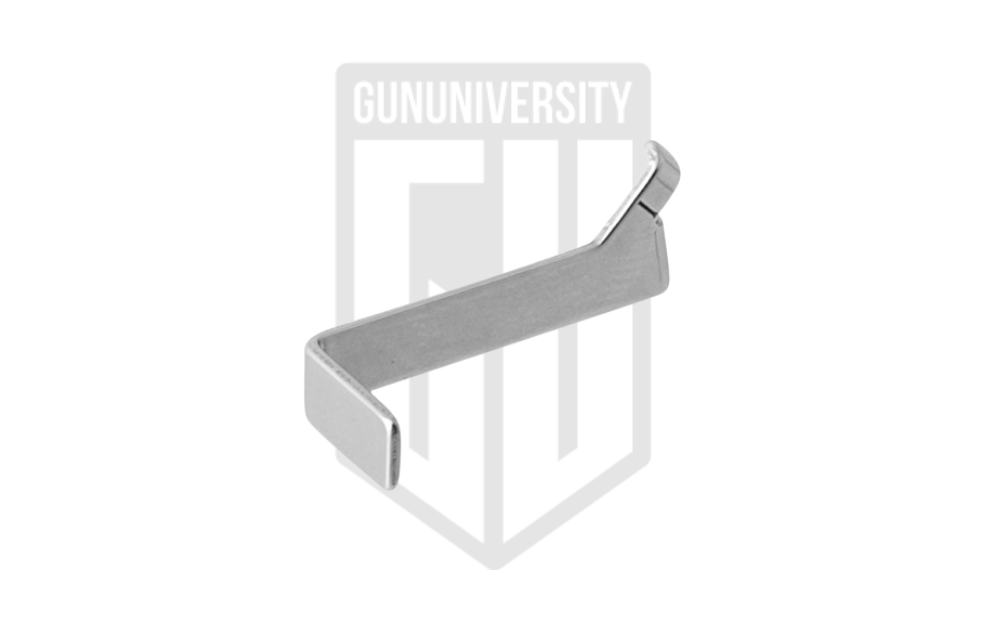 |
| See Price |
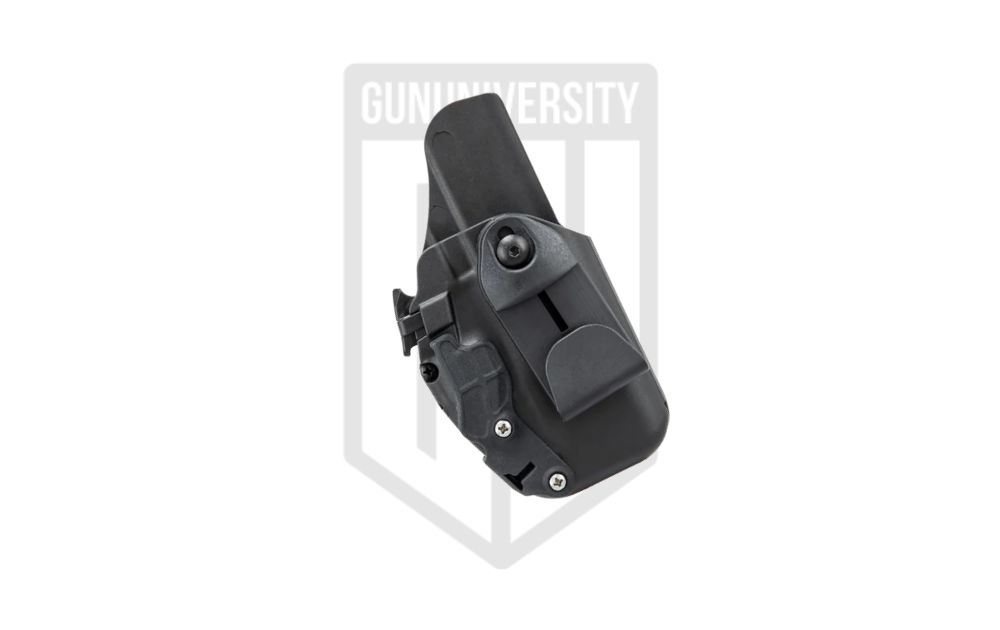 |
| See Price | |
Sights Trijicon HD Night Sight |
| See Price |
Little Differences
There are a few minor differences worth noting. First, the Glock 26 gets the Gen 5 treatment these days. This includes the Marksman Barrel, the new magazine design, the ambidextrous slide stop, and several other upgrades. Beyond that, there is a factory MOS version for optic compatibility.
The G43 falls into the slimline family, and as a slimline gun, the G43 sits outside of the typical generational differences. There are no optics-ready models from the factory, and it doesn’t get the love of the Marksman Barrel either.
Since the Glock 26 is basically a chopped Glock 17, it shares parts commonality with the Glock 17 and 19 series. Meaning you can use aftermarket magazine releases, slide stops, sights, triggers, and more with the Glock. 26. The aftermarket for the Glock 26 is absolutely massive compared to the Glock 43.
From a Practical Standpoint
We’ve explored the specifications, but how do these numbers, weights, and capacities translate to real-world use? Let’s break down the practical implications for concealed carry and shooting performance.
Concealment and Comfort: The Everyday Carry Perspective
The Glock 43’s slimmer profile, lighter weight, and smaller footprint make it easier and more comfortable to conceal. I’ve even pocket-carried one. It also conceals better with more common methods like inside-the-waistband (IWB), appendix, or ankle carry. For those prioritizing deep concealment and maximum comfort throughout the day, the G43 is a standout.
In contrast, the Glock 26’s noticeably thicker design makes total concealment and all-day comfort more challenging.
While still considered a subcompact, its thick frame might necessitate minor clothing changes for effective concealment. I can’t shove this thing in a pocket unless it’s a cargo pocket. For ankle carry, looser-fitting clothing would likely be required.
The specification differences seem so minor on paper, but the difference becomes readily apparent once you strap these two guns on your hip.
Banging Hammers
Regarding shooting, the Glock 26 generally offers a more manageable experience. In my experience, the thick frame and slightly increased weight help to disperse recoil more effectively. If you’re shooting a lot in one day, the Glock 26 is much more comfortable. It’s a lot less snappy.
The G26’s higher 10-round capacity means reloads are less likely in a defensive scenario. If you already own a Glock double-stacked gun, you have additional, higher-capacity magazines on tap. Reloading is easier with the Glock 26. You get wider mags, which are easier to grip and pull. A wider magazine well makes it easier to feed the Glock 26.
Making Your Decision
Is it still considered a small difference when it makes a big difference? Numerically, the differences between these guns are tiny, but man, does less than a quarter inch make a difference when shooting and carrying. That said, half the work is done if you’re picking between two Glocks. You know you are getting a high-quality, reliable, and easy-shooting gun.
Now, you just need to find the right size for you. The best way to do that is to get a little hands-on with each gun. If you can hit a range and shoot one or the other, you’ll be able to experience those differences firsthand. That’s the best way to go about it.
That said, if you can’t do it live, let me give you the most basic rundown of the two guns and who they work best for.
Glock 43 – Best for deep concealment, especially for lightweight clothing and smaller shooters. The Glock 43 offers you a smaller, lighter weapon for concealed carry.
Glock 26: The Glock 26 is an adequate concealed carry gun, especially if you don’t mind the bulk. The Glock 26 is a great option if you already own Glock double-stacks, like the 19 and 17.
Recent Posts
October 11, 2025
October 11, 2025
October 11, 2025
October 5, 2025

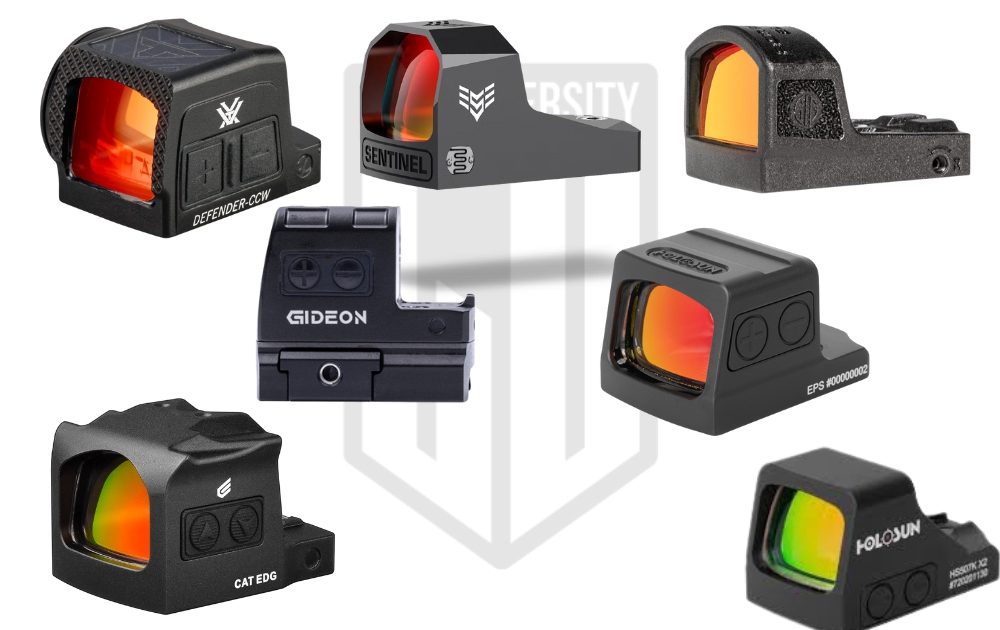

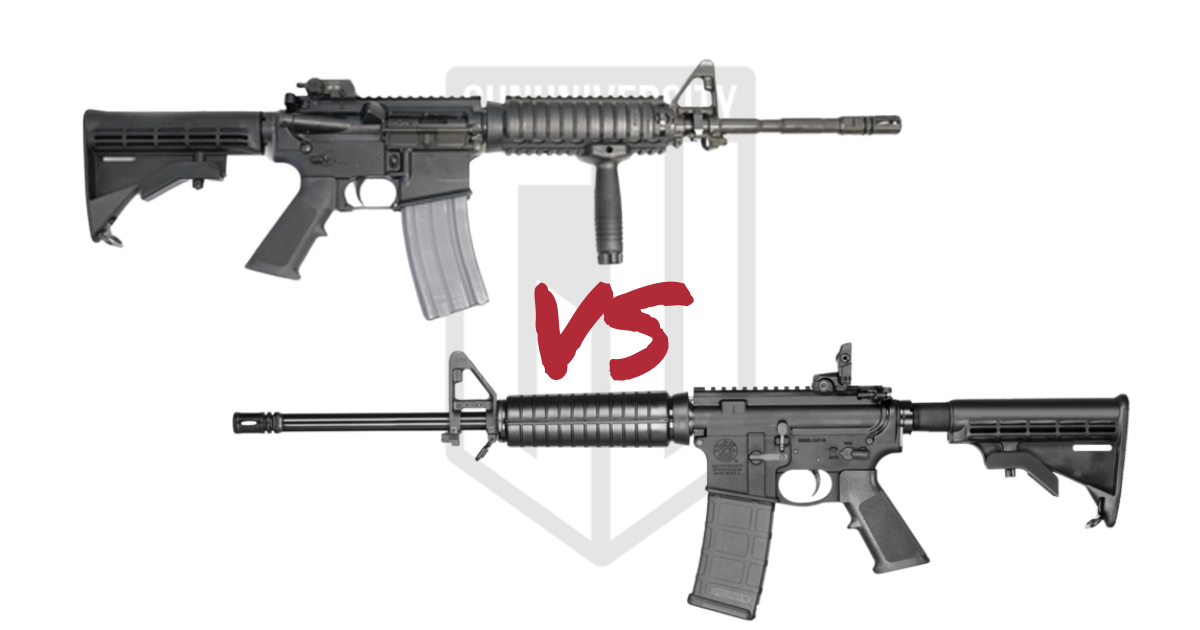
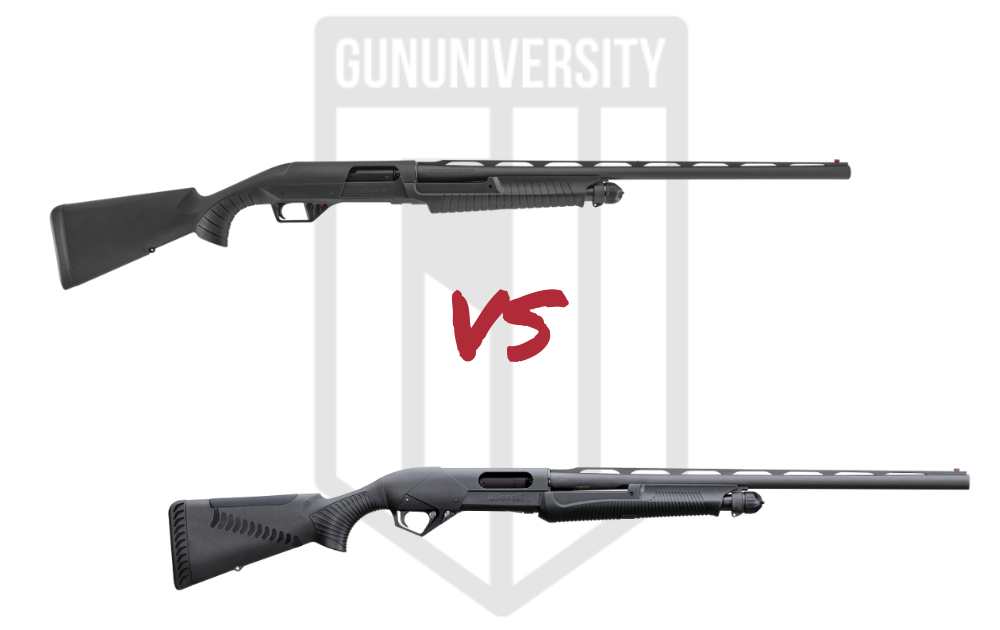
Excellent comparison! Two outstanding pistols—I enjoy shooting and alternately-carrying both of them.